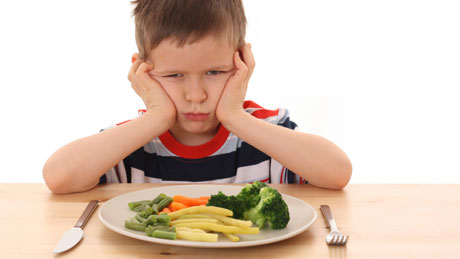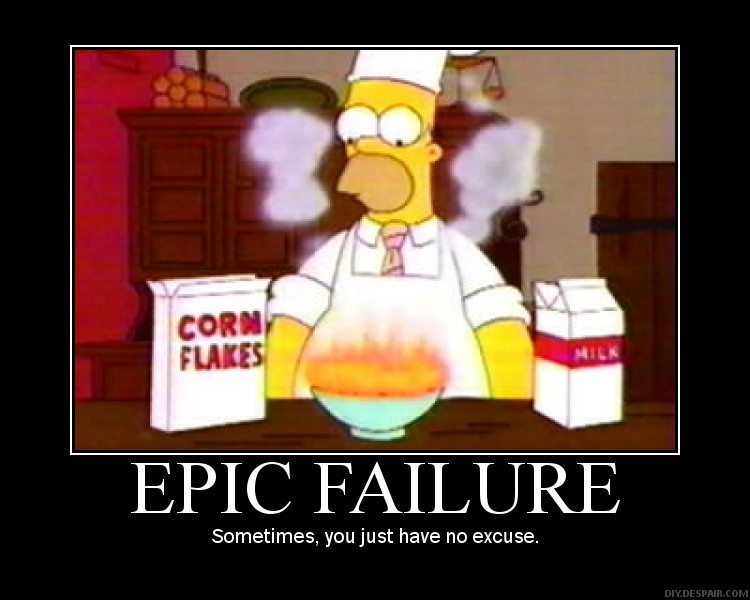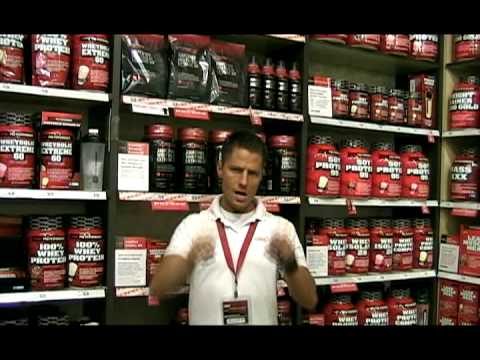After my post last week on Weight Gain for Hockey Players, I got an email from a parent with a great question/situation that I think you’ll be interested in. This is a classic example of a parent really wanting to do the right thing, but not necessarily knowing the best direction to go.
Question:
Hi Kevin,
I found all this information very useful, thank you. We will try the smoothies. My son is 11 years old 4’6 and weighs 63 lbs so he is on the small side with height & weight. Right now he plays roller hockey and will be moving up to the 14 & under league next year, where some of the kids are like 120lbs, which made us consider not letting him play unless he gained a certain amount of weight. Do you know what a safe weight for him to play with those kids would be? This summer he will play for an ice hockey team which is 12 & under with light checking. He also is going to be competing in the State Wars Roller hockey, so he really does not have an off season this year. Due to the high level of activity it has been very hard for him to gain any weight.
He has started consistently drinking a 8oz muscle milk drink on a daily basis & eating a carb supreme bar along with meals. This has been a struggle because he is a very picky eater. He is going to start a work out program to help build muscle but we are still trying to figure out the best work out plan for him. He wants to start working out with weights, how much should he lift (weight wise)? We do not want injury to be caused during this process. Thanks Again
Response:
Thanks for the email. To start, I don’t think it’s possible to really give a “safe weight” recommendation. At every level there are exceptions to this. As I mentioned before, We had a player dominate at the U-18 Tier I level at around 117 lbs, and he’s not that exceptional of a case (meaning other extremely light players also do quite well at that level). I consider this an unsafe weight at this level, but he didn’t have any problems. Similarly, you’ll get 200 lb players at this level that suffer contact related injuries. It really depends on the type of player your son is. If he has outstanding vision and is abnormally good at anticipating and avoiding contact, he can get away with playing at lower body weights. If his vision and/or speed are more average than he may be at a greater risk. At 11, light contact shouldn’t cause too much of a problem, but it’s a good time to start taking steps to help him put on weight so that he doesn’t have problems when he’s 16.
Most kids are picky eaters, but they’re picky eaters for different reasons. I think in many cases kids are picky eaters because we allow them to be. As parents/coaches, it’s our job to understand the importance of nutrition and eating certain foods and to explain it to kids in a way that makes them want to eat better. Nothing turns kids off more than being told to eat foods that don’t taste good “because I said so.”

Because if you don’t eat this, I’m going to murder the Easter Bunny.
These are just two examples, but you can put a positive spin on anything-spinach, broccoli, meatloaf, etc. All of these foods have some benefit that will help make your kids healthier and better players. Find out what motivates your kids and put a spin on foods that appeals to their motivation.
The other side of this is that, and I hate to say it, some people are just BAD cooks. The best thing any parent (and kid for that matter!) can learn to do is cook. Use a lots of spices; learn different ingredient combinations. When I was younger, I hated raw broccoli, but I looked forward to it when it was lightly steamed and accented with melted cheddar cheese. Spices can do wonders for masking the sharp taste of vegetables, and therefore in making them more appealing to “picky eaters.”

Lastly, you’re the parent, MAKE them eat the right way. It’s important to do everything you can to educate your kids on the benefits and importance of healthy eating and to try to find ways to make doing so an pleasant experience. Ultimately though, you’re the parent and you decide what they eat, not the kid. If you’ve tried a lot of options and they just don’t “like” anything, then too bad-make them eat it. You’re in charge and it’s your responsibility to do what’s best for your kids.
No parent in their right mind would say, “I know Billy has been smoking more crack than usual recently, but he REALLY likes it!” Yet with aspects of nutrition, parents are little more lax in enforcing what their kids should be doing. This may seem like a lopsided analogy, but foods, like drugs, elicit profound physiological reactions that affect EVERY aspect of how we develop and perform, including hormone production, energy levels, hunger, and body composition. Kids will thank you in the long run for doing what’s right over doing what’s popular.
As a finale for this long-winded response, I don’t encourage most kids below around 14 to take supplements like protein bars and weight gain shakes. I don’t think there’s any evidence to really suggest these things are bad at this age, I just think it sends an incomplete message. The goal should be to develop proper eating habits first, then SUPPLEMENT those second.

Every GNC Employee Ever: “Everyone should be taking NO2. I read in a magazine that it’s patented super-anabolic-testosterone-blasting blend will give you 60 lbs of muscle in 2 days or less. It’s gotta be true. You’ll be the strongest kid on your playground!”
I wish GNC would just go away…
I didn’t forget about the “how much weight should he lift” question. There isn’t an absolute weight that could be deemed safe or dangerous. I know doctors will throw numbers out sometimes, but they’re really quite arbitrary. The internal effect to the body of external loading will differ depending on the exercise. Your best bet is to teach him basic movement patterns like squats, lunges, push-ups, inverted rows, front and side planks, and glute bridges, and progress him in resistance as he demonstrates that he can perform the movement perfectly without any external load. In other words, groove the pattern, then load it slowly.
I hope this all makes sense. I know there’s a lot here, but the big take home messages are:
To your success,
Kevin Neeld